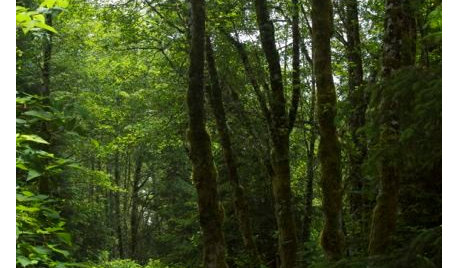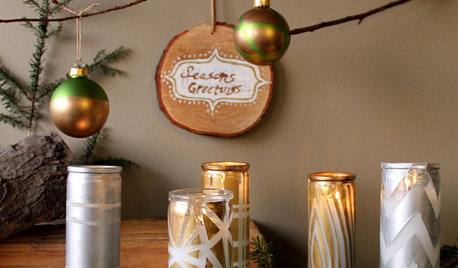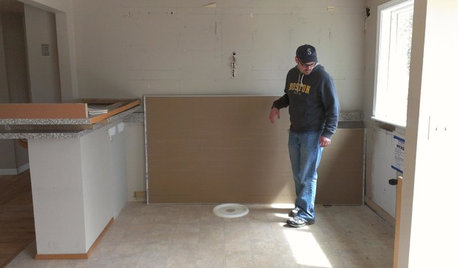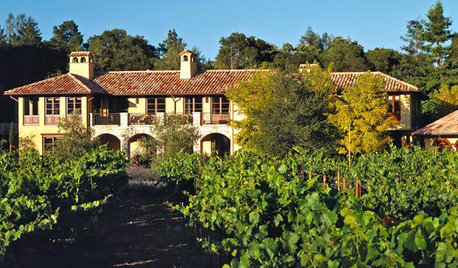Starting small woodland
taurean
16 years ago
Related Stories

GARDENING GUIDESHow to Stop Worrying and Start Loving Clay Soil
Clay has many more benefits than you might imagine
Full Story
DECORATING GUIDESDecorating 101: How to Start a Decorating Project
Before you grab that first paint chip, figure out your needs, your decorating style and what to get rid of
Full Story
DECORATING GUIDESHow to Decorate When You're Starting Out or Starting Over
No need to feel overwhelmed. Our step-by-step decorating guide can help you put together a home look you'll love
Full Story
LANDSCAPE DESIGNLet Nature Inspire Your Landscape: Ideas for a Woodland Garden
Fill your senses with the magic of a wild forest-inspired garden — from shady understory plants to towering treetops
Full Story
CHRISTMAS3 Easy Crafts for a Glittery Woodland Holiday Display
Create a rustic but shimmery arrangement with inexpensive materials and little effort, for festive DIY holiday decor
Full Story
MORE ROOMS8 Ideas for a Fresh Start in the Living Room
See how even small changes in a room can make a big difference
Full Story
DESIGN PRACTICEDesign Practice: Start-up Costs for Architects and Designers
How much cash does it take to open a design company? When you use free tools and services, it’s less than you might think
Full Story
GARDENING GUIDES10 Tips to Start a Garden — Can-Do Ideas for Beginners
Green up your landscape even if you're short on time, money and knowledge, with these manageable steps for first-time gardeners
Full Story
KITCHEN DESIGNStylish New Kitchen, Shoestring Budget: See the Process Start to Finish
For less than $13,000 total — and in 34 days — a hardworking family builds a kitchen to be proud of
Full Story
GARDENING AND LANDSCAPINGHow to Start a Home Vineyard
Dreaming of a winemaker's life? You may be able to have it where you are
Full StoryMore Discussions







maifleur01
waplummer
Related Professionals
New Bedford Landscape Architects & Landscape Designers · Middle Island Landscape Architects & Landscape Designers · Woburn Landscape Contractors · Clayton Landscape Contractors · Euclid Landscape Contractors · Midland Landscape Contractors · Vashon Landscape Contractors · Reisterstown Landscape Contractors · Bellmawr Fence Contractors · Naperville Fence Contractors · Silver Spring Fence Contractors · Skokie Fence Contractors · Sun City Fence Contractors · Palatine Siding & Exteriors · Waukesha Siding & Exteriorsdoriang
taureanOriginal Author
BlueAng
taureanOriginal Author
taureanOriginal Author
taureanOriginal Author
rbrady
ontnative
wood_fern
taureanOriginal Author